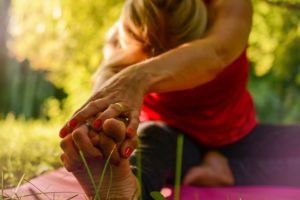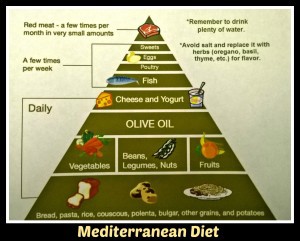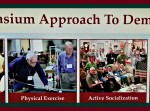Growing old can be extremely difficult for many people, especially when they live on their own for so long. Some of the physical and mental changes that come with aging can be unbearable. They may try to ignore these symptoms, but they cannot hide from this reality.
Their overall decline may lead them not to be able to live independently. They will have trouble with everyday activities and may even require the physical help of others to move about, bathe, or eat. It is important to have assistance because you know what your loved ones can and cannot handle on their own. Not only does this provide a sense of security, but it also provides happiness in their old age.
Having a loved one in the home doesn’t have to be a burden. With in-home care services, you can ensure that your loved one is safe and still maintain their independence. In this post, we’ll discuss situations where it is vital for an aging loved one to have 24-hour care from someone familiar with aging problems.
- SPOILED FOOD IN THE KITCHEN
Aging can also cause a decline in mental and physical functions, leading to an increase in forgetfulness. It could manifest itself by causing your loved one to lose track of what they have bought. They might not even remember what they have already consumed. They may be unable to handle the frustration of running out of food, so they may go shopping more often than necessary and buy more than they can eat.
The extra food will end up spoiling, leaving them with nothing but an expensive mess when you check in on them. With the assistance of a reliable caregiver, you can help your loved ones continue doing their shopping, but at a slower pace than before. They will enjoy the experience more, and you will be able to save money by preventing them from overindulging. Caregivers can also prepare meals and help your aging loved one get the right amount of nutrition, helping them age well and maintain quality of life.
- LACK OF PERSONAL HYGIENE
As your loved one ages, they may find it increasingly difficult to reach areas that are difficult to bathe. It can lead them to neglect important hygiene areas and eventually cause a decline in their health.
They might not be able to clean themselves properly because of their condition. If you see the signs of a smell that is more than just an odor from their food, this could indicate that your loved one needs more help bathing than they are currently getting. A caregiver can help with bathing and other activities such as dressing so you can ensure they stay healthy while allowing them to maintain some independence.
- UNPAID BILLS
As your loved one ages, they may find it increasingly difficult to keep track of their finances. Many older people do not even realize that their bills are unpaid and might not have the money to pay their bills.
A reliable caregiver can help your aging loved one keep track of what is owed and what needs to be paid by offering other services, such as mailing and paying bills for them.
- MESSY HOME
As your senior loved one age, they will likely have a harder time remembering how they got the house in the state in which it is currently. It could indicate that they need extra help staying organized inside the home and outside of it. You may notice that their once tidy house has become messy or disorganized, which can cause them to feel stressed, making cleaning take longer than before.
The assistance of a caregiver can help you ensure that your loved one can maintain their home and continue feeling at ease in their environment. A caregiver can help move things when needed and make sure the items are put away, ensuring that your loved one can maintain the life they once enjoyed.
- DWINDLING SOCIAL LIFE
As your loved one becomes older, their social circle may begin to shrink as time passes. They may have a hard time finding reliable friends and family members who will care for them, which could be hard on their mental state of mind and possibly lead to depression or isolation. It could be due to physical limitations related to age or health concerns.
The assistance of a caregiver can help your loved one continue socializing without needing to leave the comfort of their own home. You can call upon a caregiver to take them out for a lunch date, go grocery shopping, go to the park, or any other activity that keeps your loved one engaged with those around them.
FINAL THOUGHTS
You may not be able to prevent your loved one from aging, and you may not be able to reverse the effects of aging, but you can make sure that they age with dignity, without any undue suffering. A professional caregiver can help your loved ones maintain their independence, remain in a safe environment and maintain their dignity as they age. You can also ensure that they have enough daily assistance when needed by having a caregiver regularly check in on them.
Author bio
Andrea Gibbs is the Content Manager at SpringHive Web Agency, a company that offers web design services, maintenance, and Internet marketing. She specializes in content marketing, social media, and SEO. She also serves as a blog contributor at Serenity Senior Care. She’s an avid personal development enthusiast and an expert in the field of health and fitness. When she’s not writing she can be found running hills or hiking trails, rooting for her favorite team (the Pittsburgh Steelers), or watching a good Netflix series.































 Caring Super Star of 2022
Caring Super Star of 2022 Daily Herald Best of Utah Valley, 2022
Daily Herald Best of Utah Valley, 2022 Utah Valley Chamber of Commerce Business of the Year
Utah Valley Chamber of Commerce Business of the Year